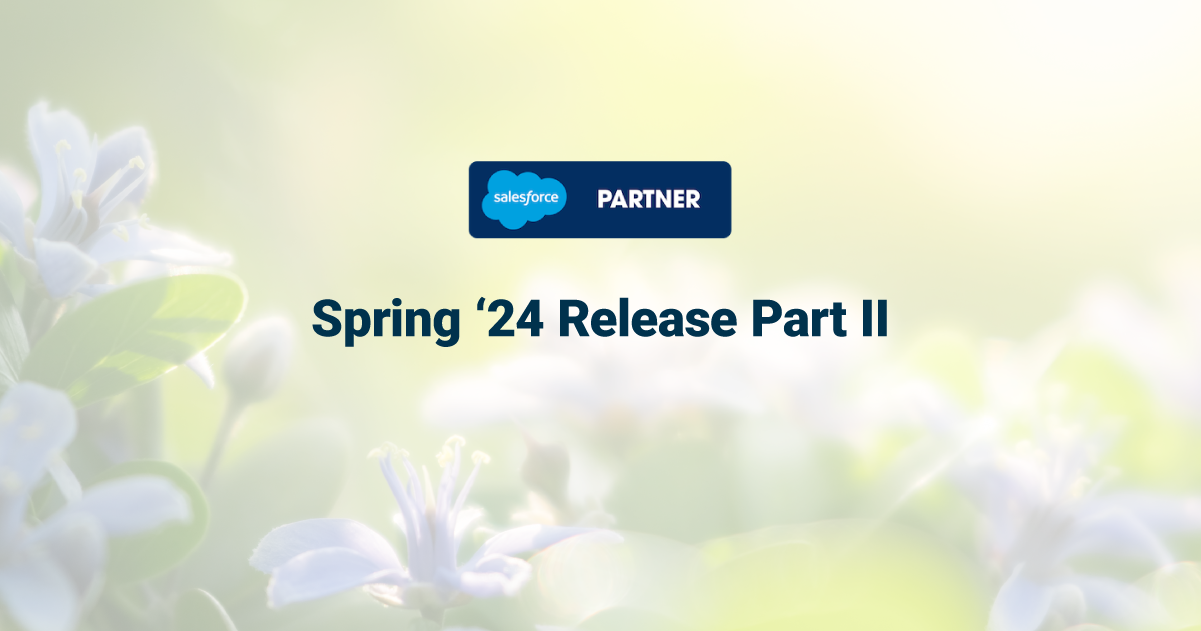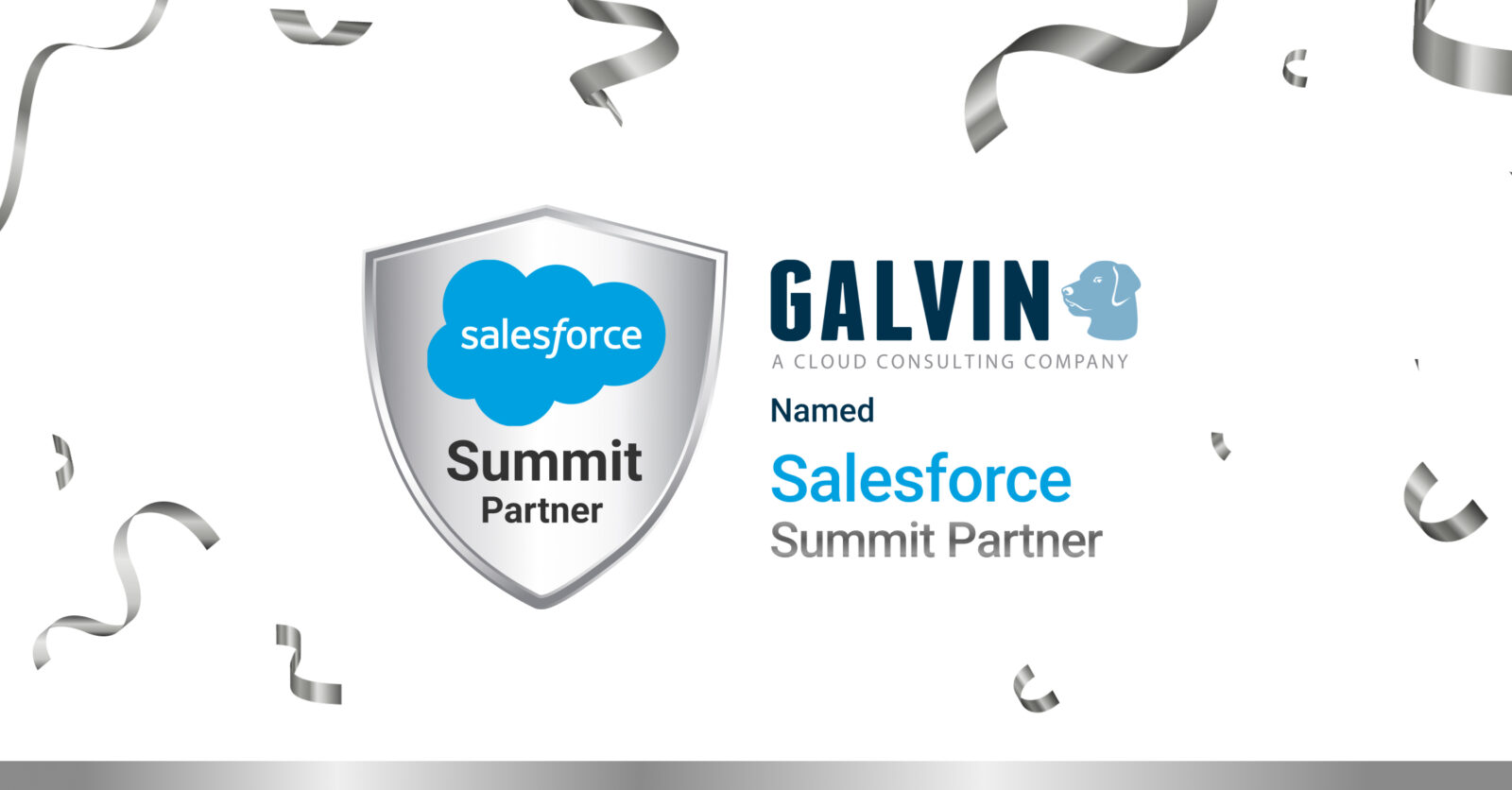CRM is the New ERP

CRM and ERP are the two different technology acronyms that organizations need to know about. Customer Relationship Management (CRM) is used to determine all aspects of sales- and service-related interactions which an organization maintains with its customers. It can help a business to better understand customer relationship, improve customer service, increase profits, attract new clients and retain clients. Companies use CRM to collect, control and connect customer information. It can also be used to go through the entire history of your relationship and activities with a customer while providing the data you need to create marketing campaigns to drive more sales into your organization.
Enterprise Resource Planning (ERP) is a suite of integrated software applications used to provide data on all parts of the business: accounting, warehousing, logistics, sales, marketing, human resources and more. It combines operational, financial, business intelligence, customer relations and interactions in a single management system.
ERP and CRM solutions provide individual collections of information that, when integrated, will improve the operational management of an organization.
5 Benefits of CRM Integration with ERP:
When it comes to CRM applications, many companies fall victim to managing their sales team separately from the ERP applications. In today’s technical environment, most ERP and CRM applications have application program interfaces (API) which provide the necessary building blocks for different applications to work together.
Let’s use Salesforce.com as an example. Salesforce.com provides a set of APIs which provide access from one application into Salesforce.com and vice versa.
As a result, companies who take advantage of integrating their applications experience the following benefits:
- access to a single view of all of the customer’s interactions with your business,
- increased profits,
- ability to provide accurate quotes,
- ability to fulfill orders in real-time, and
- maximized CRM and ERP interactions.
How Does CRM Help the Enterprise?
Let’s break it down a bit and dive deeper into how CRM and ERP integration can improve your organization.
- Generate master customer ERP record using CRM records: Whether your company is big or small, your sales and marketing teams are signing up potential clients every day. When your CRM is integrated into an ERP, your sales and marketing people are able to access updated pricing, inventory or resource information so they are able to quickly produce a quote. In turn, your accounting and production teams are able to retrieve order information, terms, sales commissions, and client signatures (to name a few). Automating this process will naturally reduce the manual time it takes to manage these interactions.
- View customer financial information: The fields that are common to both systems, such as customer ID, are used to view all of the operational data for this customer. This view generally includes sales order history, invoice and financial summary information.
- Customer service representative (CSR): When implementing a CRM into your organization, you need to think beyond sales and pipeline management and delve into the complete customer experience with you. Most CRM systems include case management functionality so customer service representatives are able to better manage the support the company is providing to the customer.
- Tracking professional services and time: Whether your company bills for it or not, tracking professional services is an important element of fulfilling an order. If the objective is to integrate your accounting and customer service into your CRM, then it makes sense to integrate your professional services automation (PSA) as well. These could include time-tracking management, product development management, order fulfillment, inventory and much more.
A company with integrated applications is more efficient, has reduced overhead, incurs less mistakes, has broader, more accurate data, and the list goes on and on. There are numerous applications that are available in the marketplace today which integrate with each other. Salesforce.com, as an example, provides their customers with the Salesforce.com AppExchange. It offers thousands of enterprise and small business applications which can all integrate with your Salesforce.com instance.
Also published on Medium.
— Related Articles —
— Also on Galvin Tech —
Also published on Medium.












